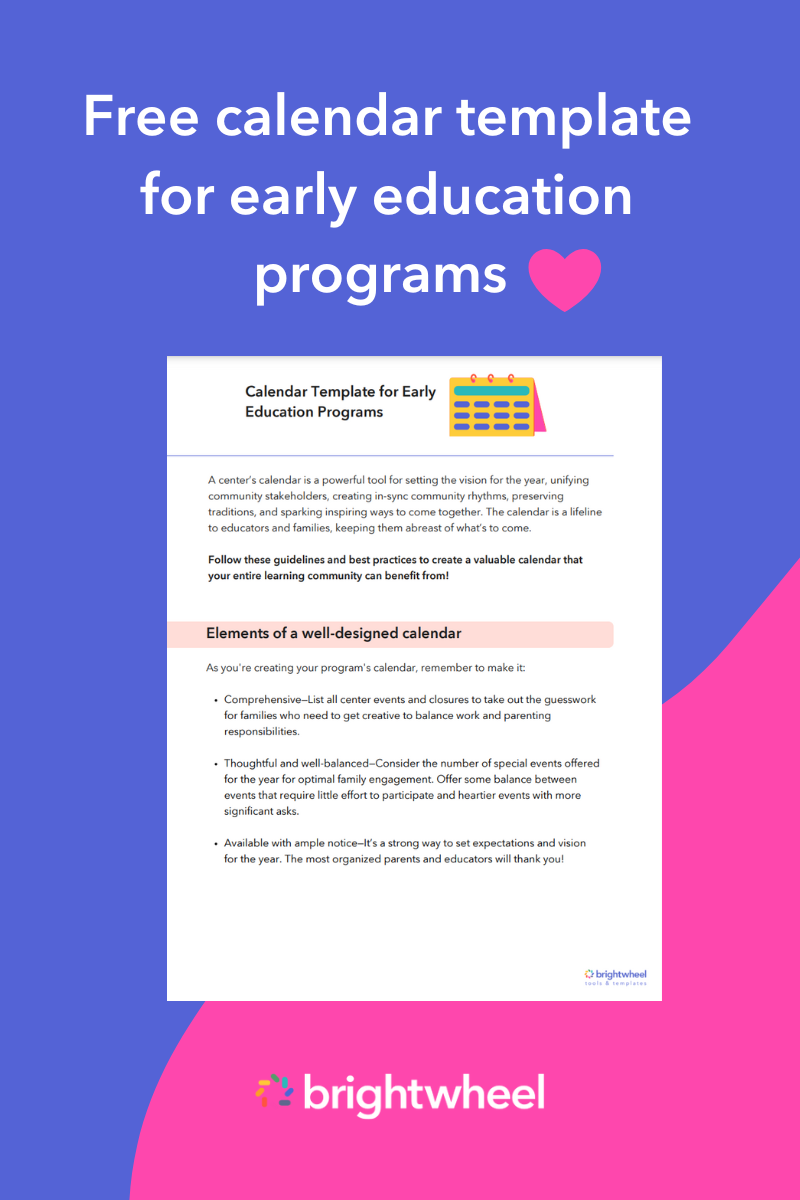When bad weather keeps you indoors, it's important to have engaging indoor recess ideas ready. These activities and short brain breaks help preschoolers stay active, release energy, and support their development.
This article explores the benefits of indoor recess and shares exciting ideas to keep your preschoolers learning and having fun, even when they can't go outside.
Why is recess important for preschoolers?
Recess is more than just a break from learning; it's essential for a child's development. Unstructured or free play during recess allows children to lead their own activities, which boosts their cognitive, social-emotional, and motor skills. It gives them a chance to relieve stress, use their imaginations, and practice social skills in a relaxed setting.
Supports cognitive development
Physical activity and breaks from structured lessons are crucial for cognitive growth.
- Improves focus: Recess helps reduce disruptive behavior in the classroom by allowing children to burn off excess energy. Physical activity during recess can improve memory, attention, and concentration.
- Enhances problem-solving: Unstructured play offers opportunities for children to solve problems creatively and process what they've learned.
Improves social-emotional development
Recess is a key time for children to build important social and emotional skills.
- Builds social skills: It provides a space for children to practice sharing, negotiation, and conflict resolution with their peers.
- Forms friendships: Children can interact with peers outside of their usual classroom groups, helping them form new friendships and reducing social disruptions during lesson time.
Promotes physical development
The physical activity during recess is vital for a child's health and motor skill development.
- Develops motor skills: Activities like running, jumping, and throwing improve coordination, balance, and agility.
- Boosts physical health: Regular physical activity promotes a healthy weight, strengthens the immune system, and reduces stress.
Activities Across Developmental Domains
A free guide with activity ideas that foster child development across developmental domains.
14 fun indoor recess ideas for preschoolers
When you can't go outside, indoor recess can be just as fun and beneficial. With a little creativity and planning, you can transform any indoor space into a vibrant and dynamic playground for preschoolers.
Active indoor recess games
- Indoor hopscotch: Use foam puzzle mats and beanbags for a classic game that improves gross motor skills and number or color recognition.
- Scavenger hunt: Give children clues to find objects around the classroom. This promotes problem-solving, critical thinking, and teamwork.
- Hot or cold: Hide an object and have children guide a "searcher" by saying "hot" or "cold." This game develops listening and communication skills.
- Movement memory: Have children stand in a circle and take turns adding a movement to a sequence. This activity challenges their memory and motor skills.
- Freeze dance: Play music and have children dance, then freeze when the music stops. It's a great way to release energy and practice listening skills.
- Simon Says: This classic game helps children develop listening and gross motor skills as they follow (or ignore) commands.
- Balloon volleyball: Have children work together to keep a balloon from touching the floor. This simple activity encourages cooperation and develops gross motor skills.
- Yoga adventures: Guide preschoolers through imaginative yoga poses with a story. Yoga helps improve flexibility, balance, and mindfulness.
Enhance your program's quality with brightwheel's Experience Curriculum. This complete curriculum system saves educators hours every month with digital lessons in the brightwheel app paired with hands-on learning materials mailed to you each month. The monthly kits include developmentally appropriate curriculum for baby, toddler, and preschool age groups with activities that integrate social-emotional, physical, cognitive learning, and more.
Quieter indoor recess activities
- Pipe cleaner art: Let children create pictures by bending colorful pipe cleaners and gluing them to paper. This activity is great for developing fine motor skills.
- Sensory play: Set up a sensory bin with materials like colored rice, water beads, or playdough for tactile exploration.
- Craft stick shapes: Give children craft sticks and pictures of shapes to recreate. This activity helps with shape recognition and fine motor skills.
- Building blocks: Provide various types of blocks (wooden, LEGOs) and encourage children to build structures, fostering creativity and spatial reasoning.
- Puzzles: Offer age-appropriate puzzles to help children develop problem-solving skills and hand-eye coordination.
- Reading corner: Create a cozy corner with pillows and a variety of picture books where children can relax and enjoy quiet time.
6 quick brain breaks for preschoolers
Brain breaks are short, 2-3 minute activities that help children reset their focus between lessons. They are perfect for transitioning between activities or re-energizing the group.
- Counting workout: Combine movement and counting. For example, do one squat, two jumping jacks, three hand claps, four toe touches, and five arm circles.
- Animal walks: Have children move across the room like different animals (e.g., hopping like a frog, waddling like a duck).
- Listen and draw: Give a series of simple drawing instructions (e.g., "draw a big circle," "draw a small triangle inside the circle") to practice listening skills.
- Stretching: Lead the children in simple stretches, like reaching for the sky, touching their toes, and gentle neck rolls.
- Deep breathing: Teach children to take slow, deep breaths. Have them pretend to smell a flower and then blow out a candle.
- Follow the leader: Have children form a line and mimic the actions of the person at the front.
Final thoughts
Indoor recess and brain breaks are essential tools in any preschool classroom. They help children manage their energy, improve focus, and support their overall development.
By incorporating these engaging activities into your daily routine, you can create a positive and dynamic learning environment where preschoolers can thrive, no matter the weather.



